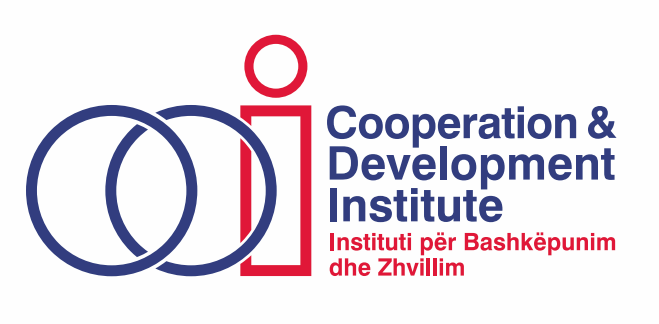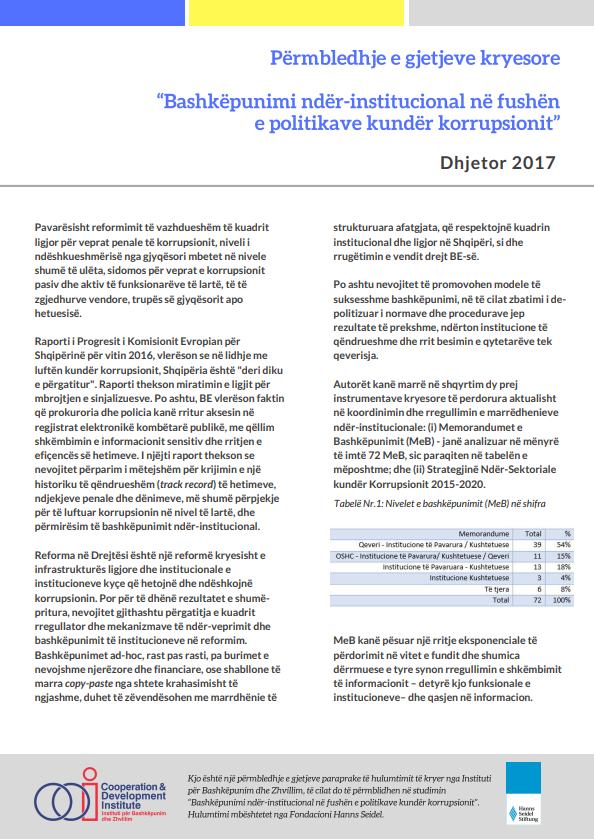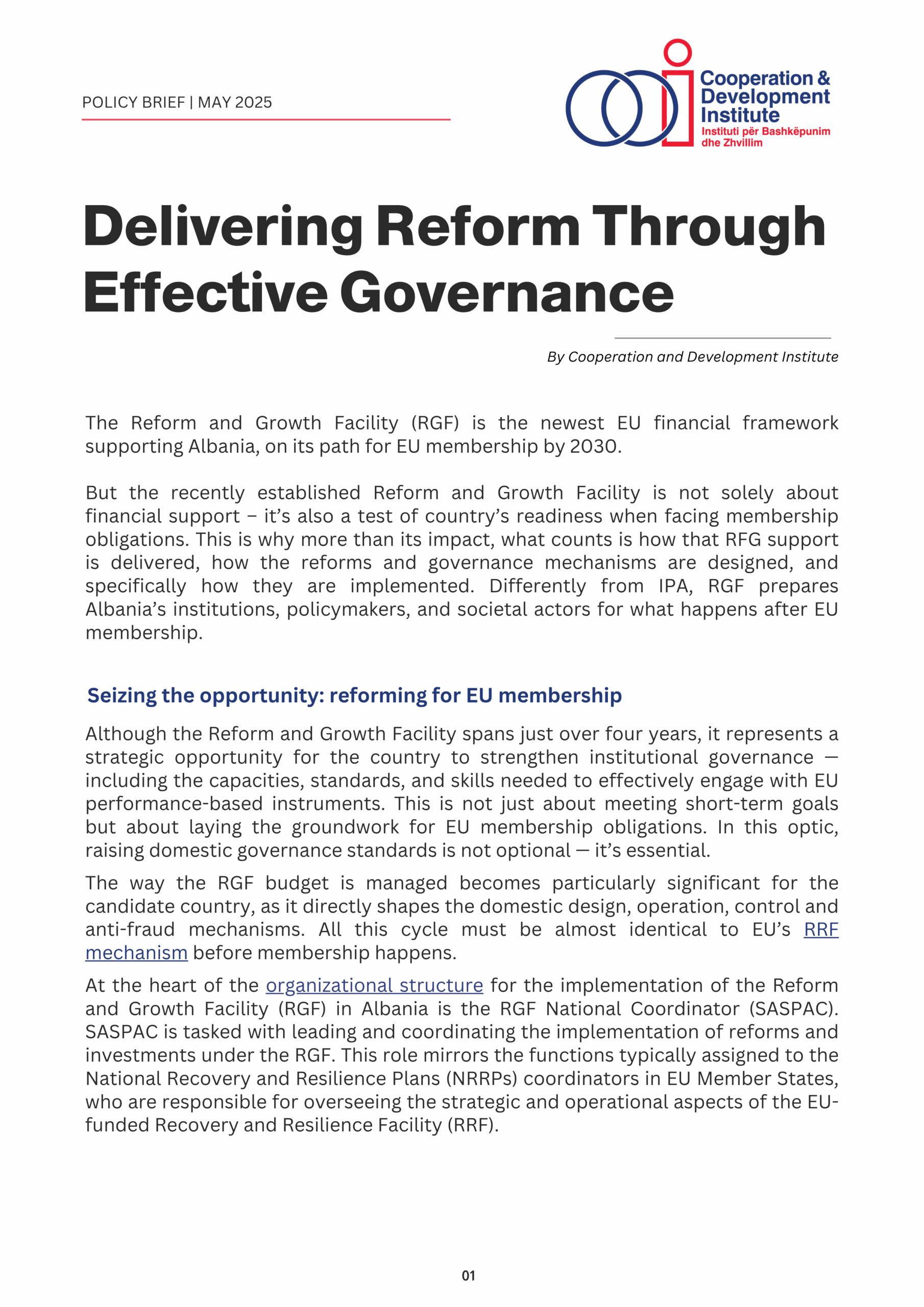Inter-institutional cooperation in the framework of the fight against corruption policies

Berlin Process three years after
December 7, 2017
Round-table on presentation of the research findings “Inter-Institutional Cooperation in the field of Anti-Corruption Policies”
December 18, 2017This study analyzes two specific instruments which regulate the inter-institutional cooperation:
1. the Inter-Sectorial Strategy against Corruption 2015-2020, and;
2. the Memorandums of Cooperation/ Understanding among the main institutions involved in the efforts to prevent and
punish corruption.
From this research resulted that around 54% of the Memorandums of Understanding (MoU) are signed between the public administration institutions and the independent / constitutional institutions. The absolute majority of them have the same aim, that of facilitating the exchange and access to information. From interviews held with representatives of some of the institutions, it can be concluded that the MoUs become relevant tools, when they enable the access of specific institutions to state databases.
The full analysis aims to draw the attention on the efficiency of the instrument of Memorandum, on increasing the transparency of the public activities of the institutions involved in the fight against corruption, on consolidating the planning and monitoring strategic framework for the inter- sectorial strategies in place, and on supporting the monitoring and evaluations carried out by the civil society.




National Parliament and the Reform Agenda 2024-2027
Read more